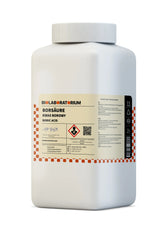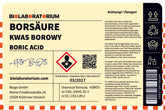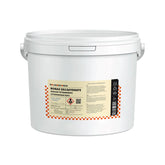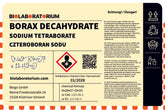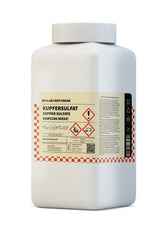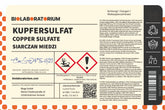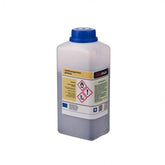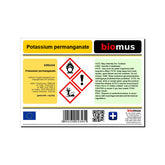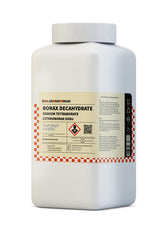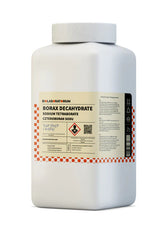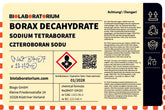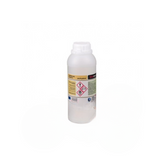Nital – The classic solution for microscopic analysis of metals and alloys
In the world of materials science and metallurgy, Nital, a solution of nitric acid and ethanol, is an indispensable tool for the microscopic analysis of metals and alloys. This etching solution enables researchers and engineers to examine the internal structure and composition of materials, thereby gaining valuable insights into their properties and behavior.
The Importance of Metallography
Metallography, the study of the microstructure of metals and alloys, is a central component of modern materials science. By analyzing the microstructure, scientists and technicians can draw important conclusions about a material's mechanical, chemical, and physical properties. These insights are essential for the development, optimization, and quality control of products in a wide range of industries, from automotive manufacturing to mechanical engineering and aerospace technology.
The Role of Nital in Metallography
Nital, an etching solution made of nitric acid and ethanol, plays a key role in metallographic analysis. By etching the sample surface with Nital, the material's microstructural features are revealed, allowing them to be examined under the microscope. Each metal alloy has a characteristic microstructure that is influenced by the material's composition and heat treatment. Using Nital, these structures, such as grains, precipitates, or phase boundaries, can be clearly highlighted and analyzed.
The preparation of Nital
The preparation of Nital is relatively simple. Typically, a solution of 2 to 5 volume percent nitric acid (HNO3) in ethanol (C2H5OH) is used. The exact composition may vary depending on the application and must be carefully adjusted to achieve the desired etching effects. Excessively high acid concentrations can damage the sample, while concentrations that are too low may not be sufficient to make the microstructure clearly visible.
Application of Nital
Nital finds diverse applications in metallography. It is frequently used to examine the microstructure of steels, cast iron alloys, aluminum alloys, and other technically relevant metals. Through etching with Nital, grain boundaries, precipitates, phase transformations, and other structural features become clearly visible, allowing conclusions to be drawn about material properties.
Furthermore, Nital can also be used to examine surface structures, such as wear marks or corrosion damage. The selective etching effect of Nital allows these surface phenomena to be analyzed in detail under the microscope, thereby gaining valuable information for material selection, component design, and process optimization.
Safety aspects when handling Nital
Although Nital is a proven and powerful tool in metallography, caution must be exercised when handling this etchant. Nitric acid is a strong acid that can cause severe injuries upon skin contact or ingestion. Therefore, it is essential to always observe applicable safety regulations and wear appropriate protective equipment, such as lab coats, gloves, and safety goggles when handling Nital.
Furthermore, Nital must be used in well-ventilated areas and properly disposed of after use. Disposal should be carried out in accordance with applicable environmental regulations to avoid contamination of water bodies or soil.
Conclusion
Nital, the classic etchant solution of nitric acid and ethanol, is an indispensable tool in metallographic analysis. By selectively etching the sample surface, it enables researchers and engineers to examine the microstructure of metals and alloys in detail, thereby gaining valuable insights into their properties and behavior. Despite the need to take precautions when handling this acid solution, Nital is irreplaceable in modern materials science and testing.

